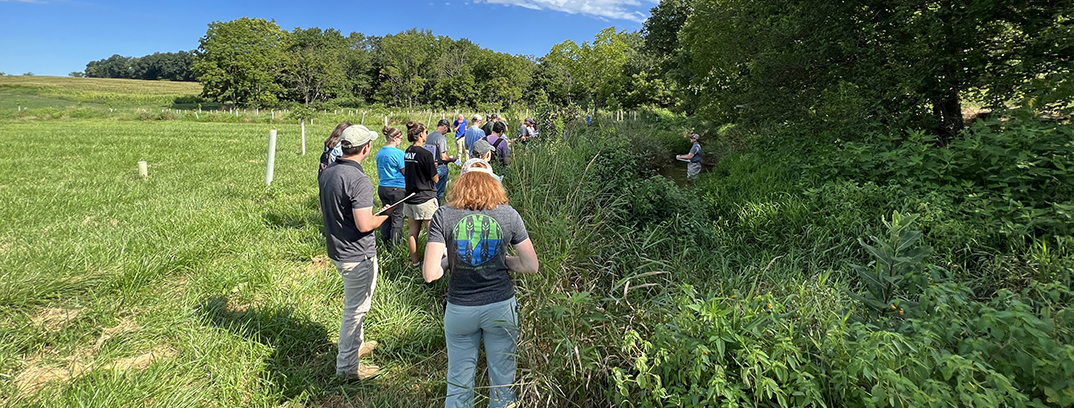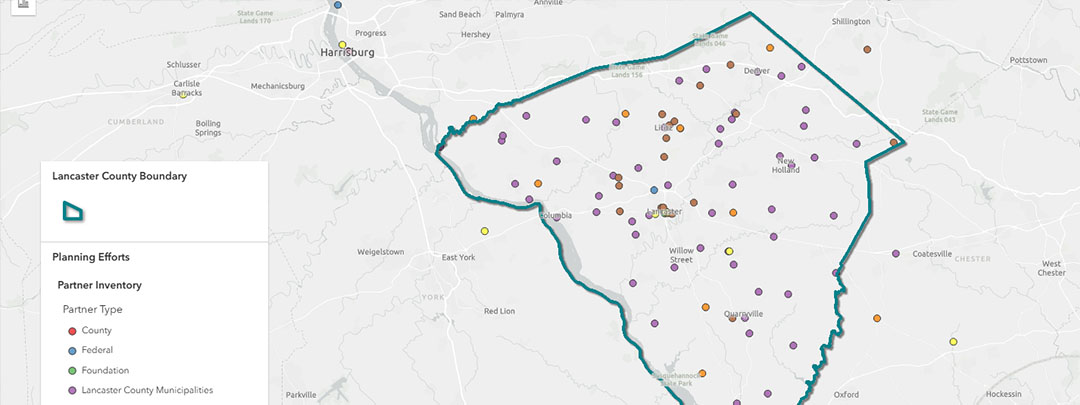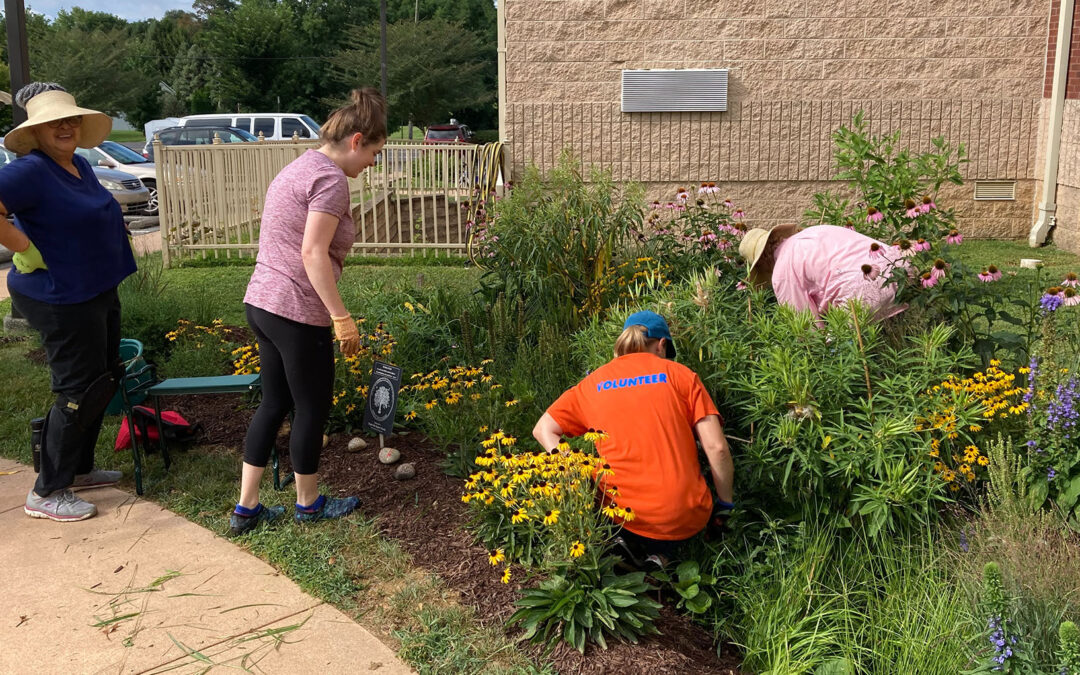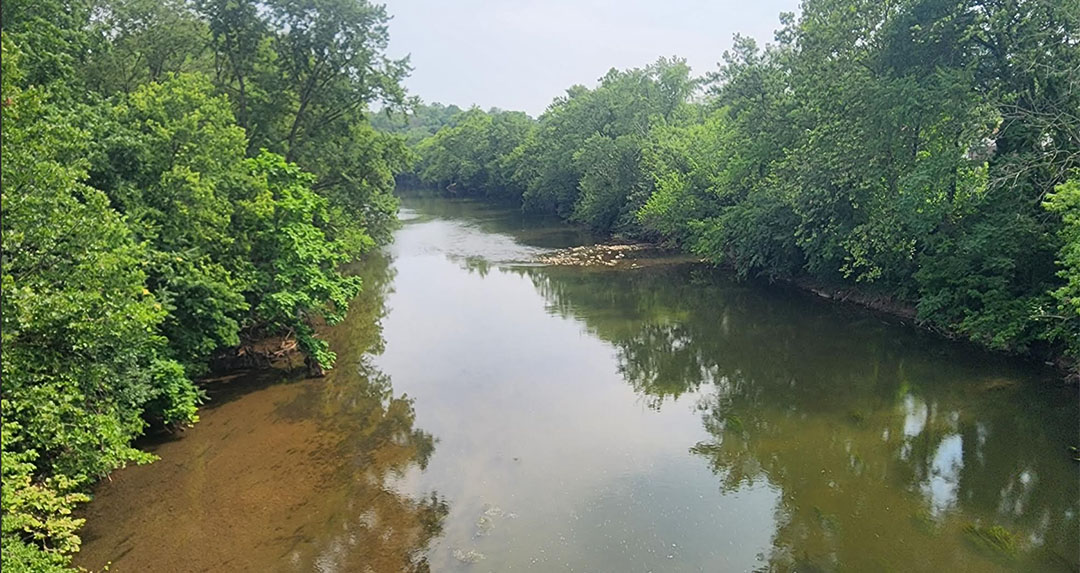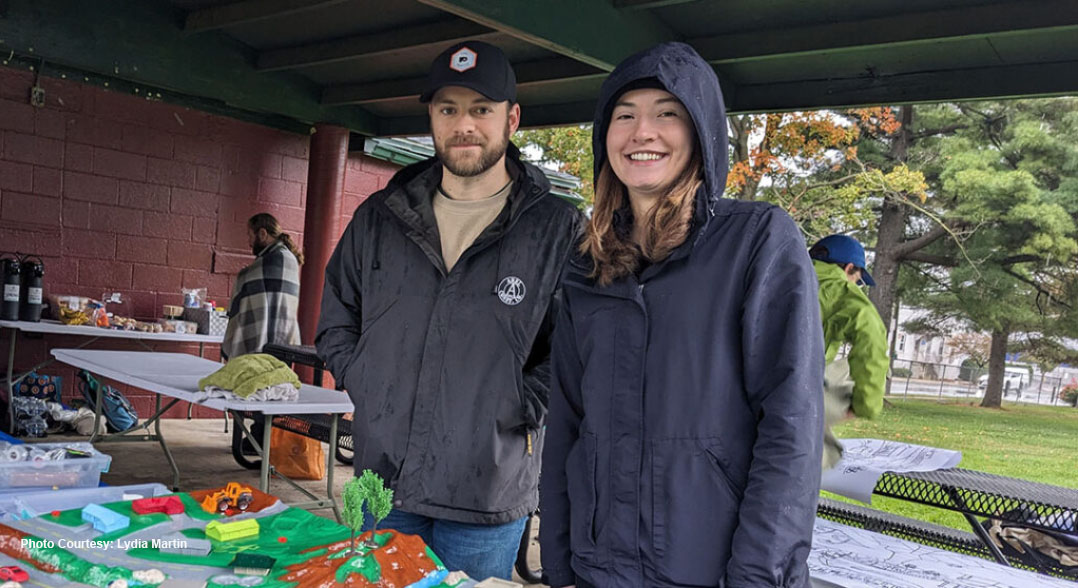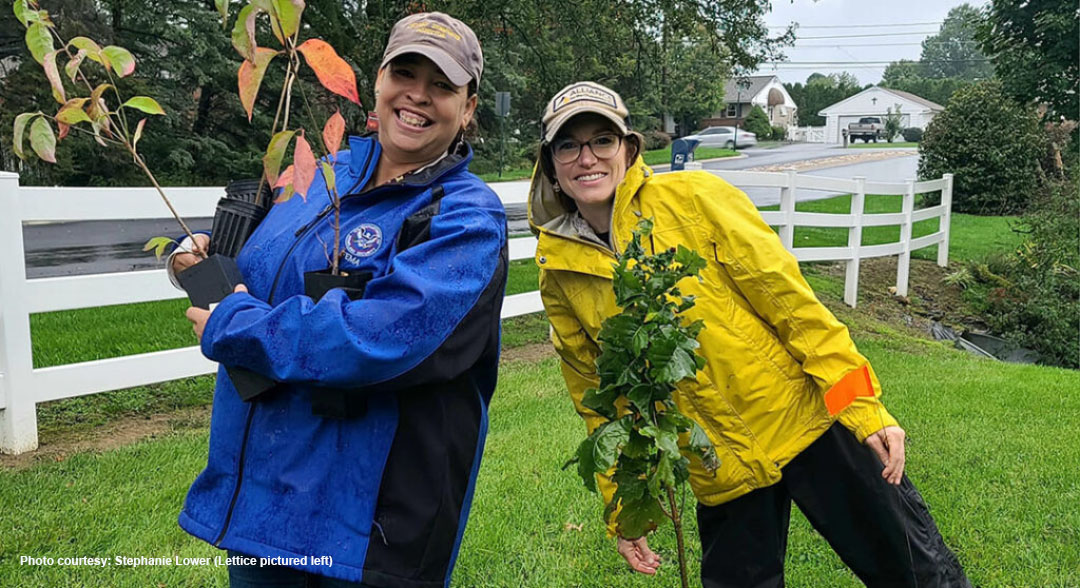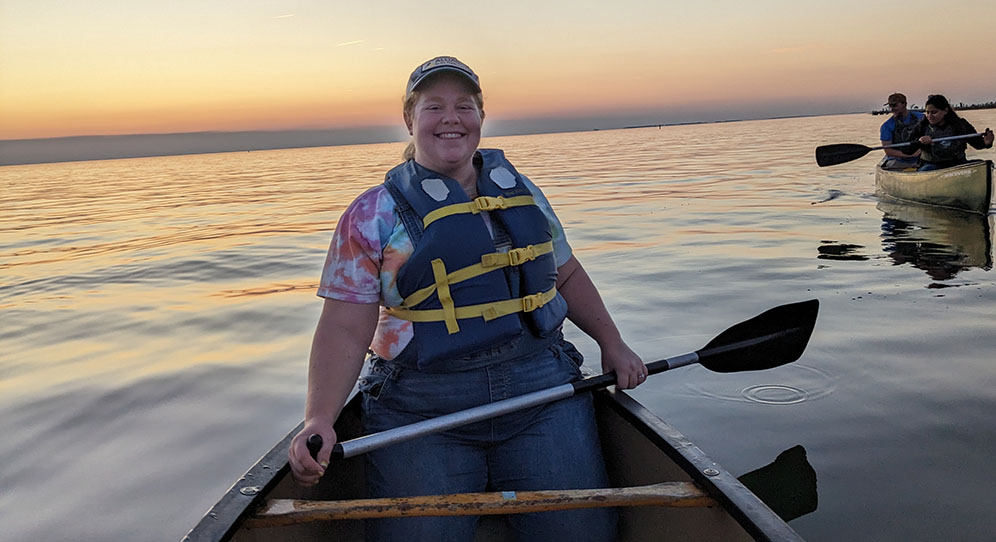At the Intersection of Farmland Preservation and Clean Water
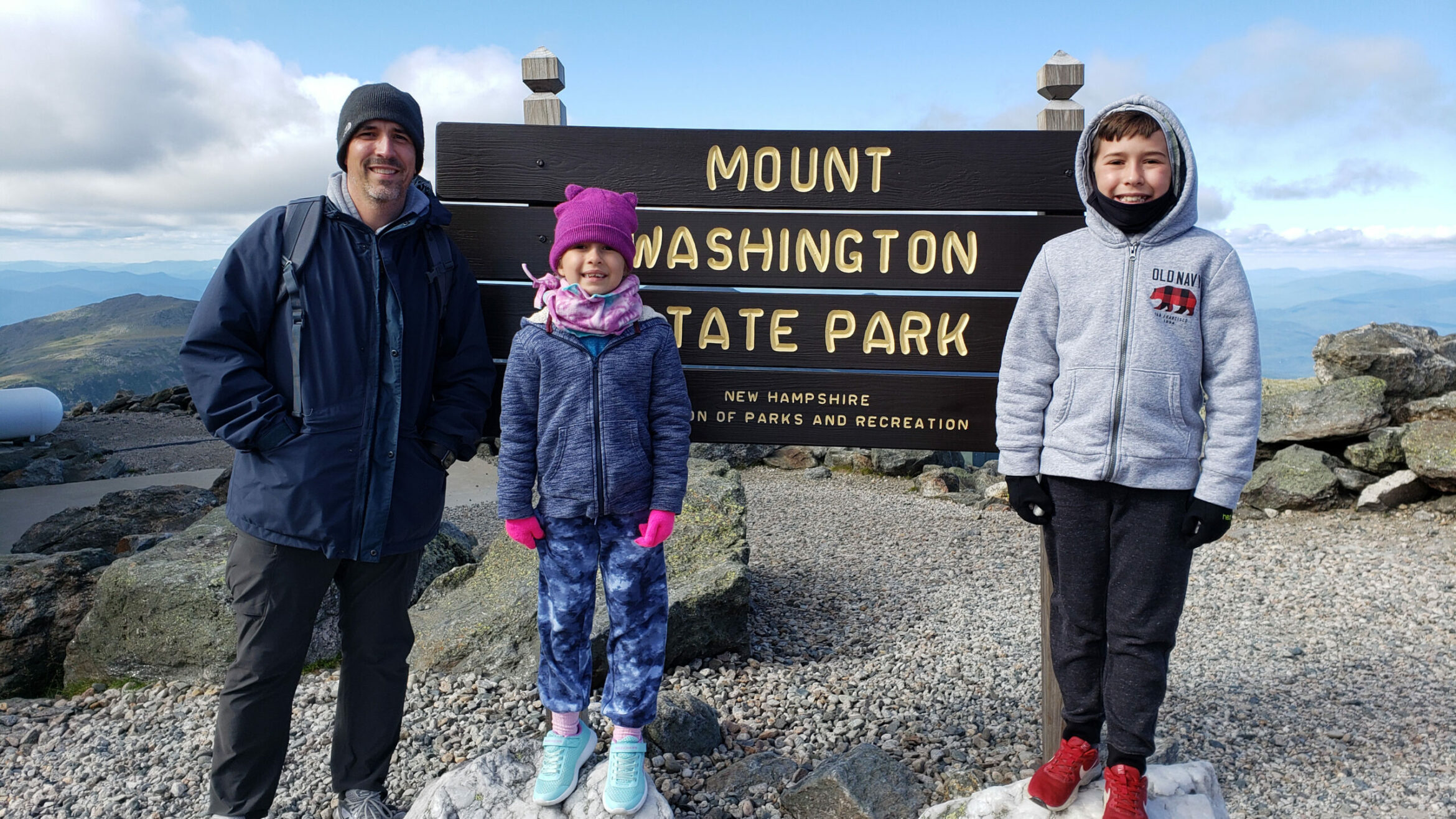
By Jeff Swinehart, President and CEO of Lancaster Farmland Trust and Chair of the Partners’ Steering Committee
As a “southern end” boy in Lancaster County, I spent my childhood playing in the Tucquan Glen creek and often would ride my bike after school to go fishing. I also spent A LOT of time on farms, because, well, there wasn’t much to do in the 80s and 90s in the southern end but to be on farms! Six years working on a dairy farm in Peach Bottom taught me the joys, and challenges, of farming.
My parents’ property was “downslope” from a very well known farm in Lancaster County, Steve Groff. Prior to Steve’s adoption of continuous cover cropping and no-till, the volume of water leaving his farm and washing out my parent’s gravel driveway was significant. Today, that doesn’t occur, and hasn’t for years, which proves the benefit of our agricultural lands when well-managed.
I was fortunate to experience how agricultural best management practices can impact the rate and volume of stormwater early on in my life. It led my life’s work, which lies at the intersection of farmland preservation, agricultural best practices, and water quality.
I’m honored to serve as Steering Committee Chair of the Lancaster Clean Water Partners, beginning in 2022 after the Partners experienced significant growth during Lisa Riggs’ tenure as Chair. What started as a vision by a few community leaders has now grown into a collaborative model that is an exceptional example of how numerous entities in various, diverse sectors can align efforts to strive for a common goal – in this case – clean and clear water by 2040.
Since my involvement with the establishment of the Partners, I’ve witnessed partners cross-promoting programs, referring property owners to one another, and focusing on their area of expertise to have the greatest impact. Communication among the various partners has increased due to their intentionality of exemplifying the principles of collective impact. And, more projects are happening at a faster rate, in strategic locations, and focused on the core best management practices we know will yield the biggest bang.
I view this collective effort–while still in the maturation stage–similar to what I know well, which is farmland preservation. While not nearly as extensive in terms of number of partners involved with clean water, the collaborative effort between municipal, county, and state governments with a nonprofit partner, and most importantly, farm families, was, and continues to be, one of the key reasons Lancaster County leads the nation in farmland preservation. When there is a shared vision and a common goal, setting out in pursuit of that vision becomes much clearer and “buy-in” is easier to achieve.
There is no reason to believe clean and clear water in Lancaster County can’t follow the same path, with the same success rate, as the county has achieved with farmland preservation. We lead the nation in farmland preservation with over 1,500 family farms protected representing more than 115,000 acres. We can be number one in water quality too!
We will continue to see growth where necessary to be successful in achieving the common agenda, but my intent is to ensure the focus remains on the many partners that are in the field everyday striving to improve Lancaster County’s waterways.
The Partners has achieved tremendous success in just a few short years and is poised to demonstrate landscape scale change that will impact generations of Lancastrians, as well as generations of our downstream neighbors. With a strong backbone and the Lancaster County spirit of hard work, ingenuity, and never-quit attitude, we can ensure that the common goal of clean and clear water by 2040 isn’t just talked about, but experienced!


